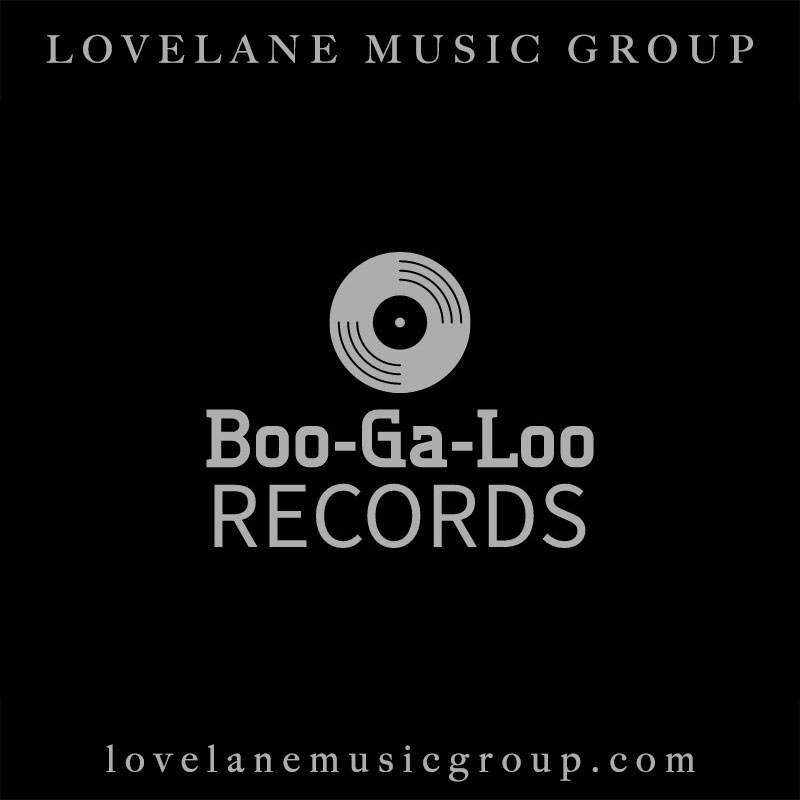From 1965 to 1970, Boo-Ga-Loo Records was an independent Detroit label that cranked out a string of high-energy, foot-stomping singles, making waves with every release. But the label’s big moment came in 1967 when Jerry O’s “Karate Boo-Ga-Loo” exploded on the scene. The infectious track became a local sensation, crashing into Billboard’s pop and R&B charts and racking up nearly half a million sales in the U.S. alone. From that point, Boo-Ga-Loo Records was synonymous with funky, feel-good R&B, becoming a launchpad for Detroit’s rising stars.
When Sammy Kaplan founded Boo-Ga-Loo Records, he wanted to capture the raw, electric energy of Detroit’s vibrant music and dance scene. But history is exactly what he made. Sammy’s passion for music ran in the family. Fifteen years earlier, his father, Morry Kaplan, ran Danceland Records, where he released some of the earliest recordings of blues legend John Lee Hooker. Following in his father’s footsteps, Sammy launched Lovelane Music 1960 and Boo-Ga-Loo Records in 1965, capturing the spirit and soul of Detroit’s R&B renaissance.
At the heart of Boo-Ga-Loo Records was its flagship artist, Jerry O. Born Jerry Jerome Murray in St. Louis in 1939. Jerry O had already made a name for himself as a Chicago DJ and promoter before relocating to Detroit in the early ’60s. Once there, he wasted no time putting together a band and getting to work, often collaborating with Robert “Tommy Dark” Tharp. The duo, known as Tom and Jerry O, released their first single, “Karate Boo-Ga-Loo,” in 1965 on ABC Paramount before signing with Kaplan’s newly minted label the following year.
Boo-Ga-Loo Records recording sessions were known for their party-like atmosphere, especially when Jerry O was in charge. Sessions, held at Detroit hotspots Terra Sherma and United Studios, were more than just about making music—they were an experience. The vibe was electric, perfectly matching the upbeat, funky sound that would define Boo-Ga-Loo Records..
Sammy Kaplan remembers, “The sessions began around 11 in the morning,” notes Kaplan, “and Jerry O would come in looking really crisp. His suit, shirt, and tie would be neatly pressed. By 3 o’clock in the afternoon, the party would be in full swing. Jerry O’s sleeves would be rolled up, his jacket and tie would be off, and the man would be working up a serious sweat. Things would be getting started, and the session could go on for hours. It was more like a giant party, and you couldn’t help but get caught up in the mood.”
The hit single that Jerry O and Sammy Kaplan created, “Karate-Boo-Ga-Loo” is the song for which he is best remembered. The song sold over 400,000 copies during a 9-week chart run, culminating on September 16, 1967, when it peaked at #16 on the Billboard National R&B chart and #51 on the Pop Chart.

